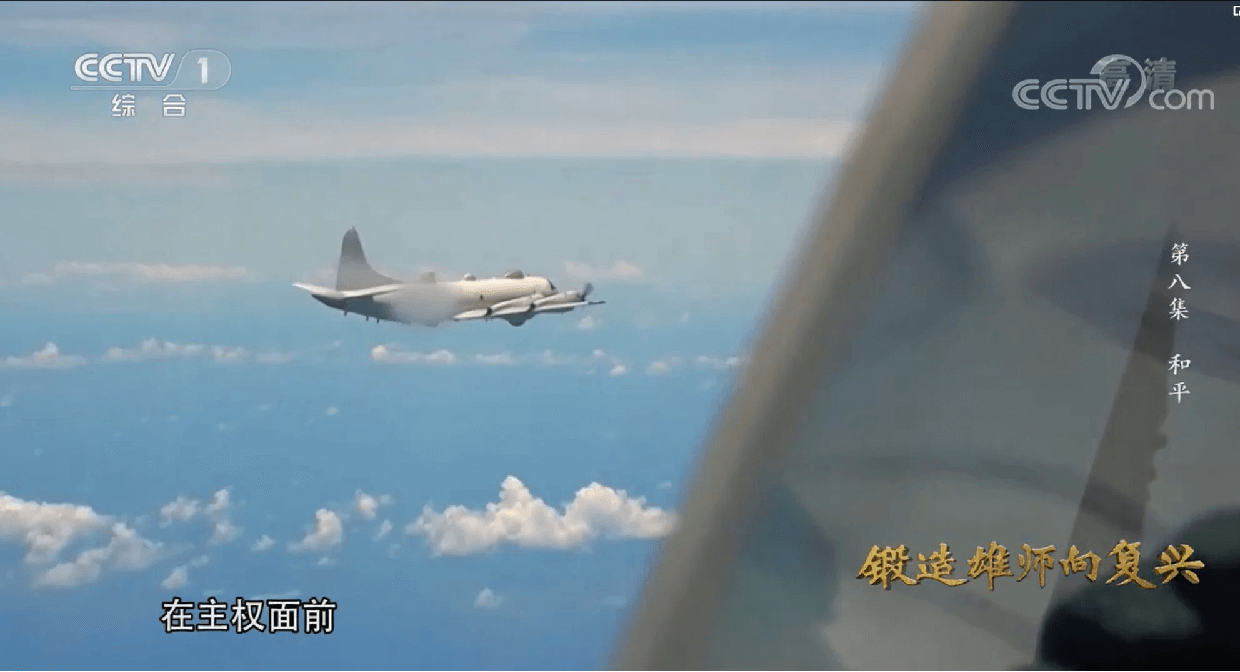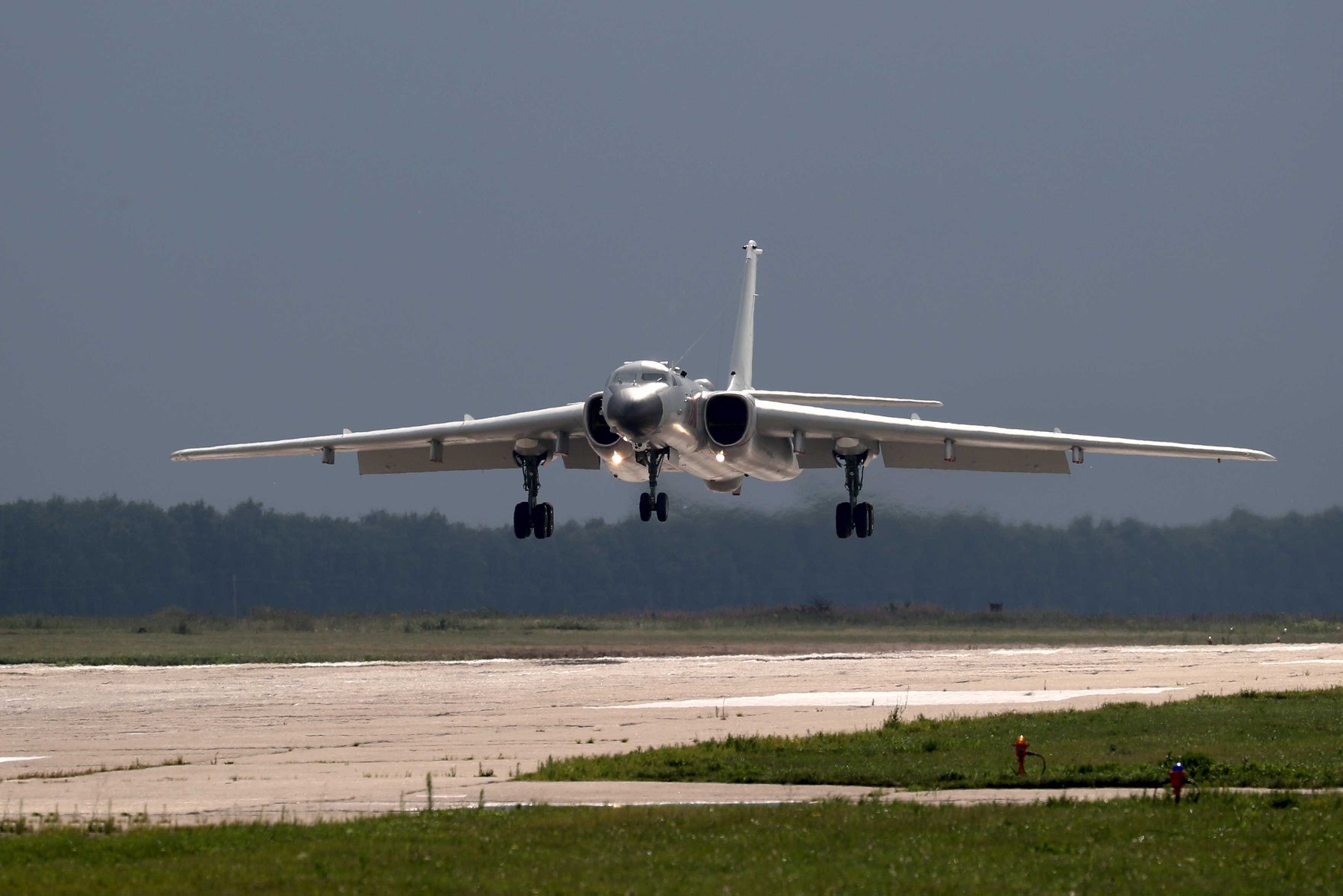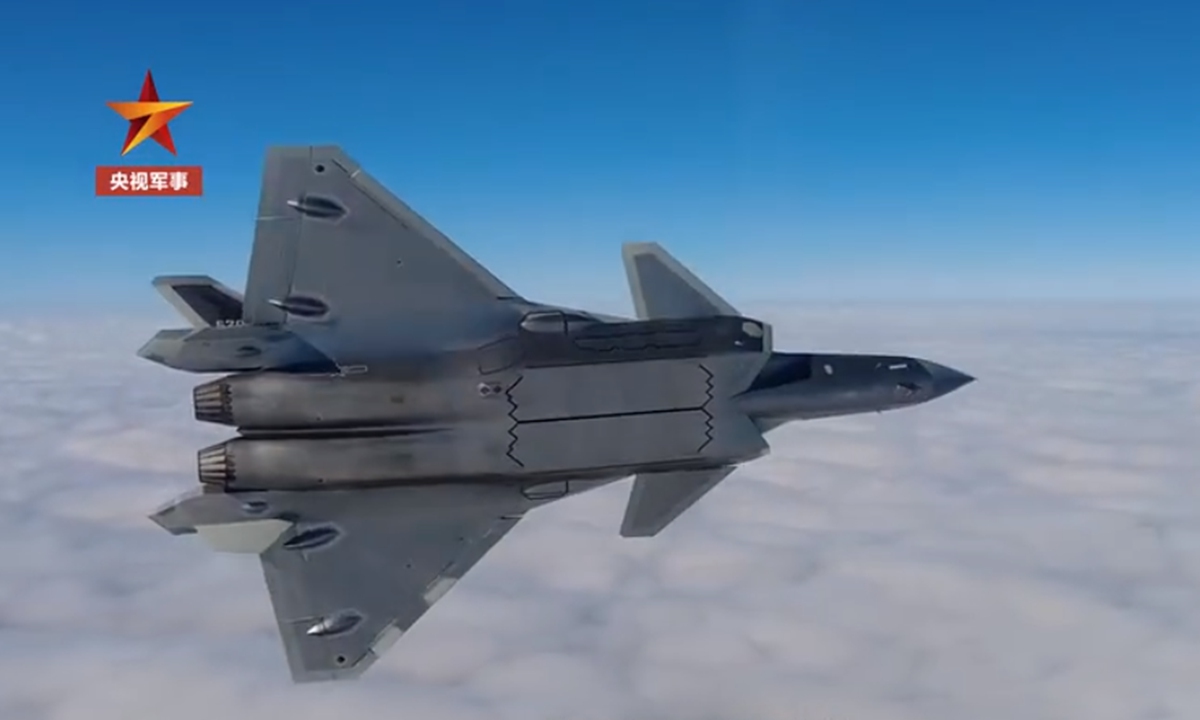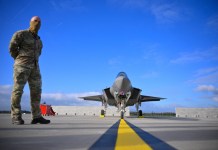While Chinese fighter jets conduct regular intrusions into the airspaces of Taiwan and Japan, the PLA has fortified its own Air Defense Identification Zone (ADIZ) by deploying the most advanced warplanes in its inventory.
After the recent broadcast of a documentary series ‘Forging Heroes to Revival’ by the Chinese state broadcaster CCTV, military analysts have remarked that the People’s Liberation Army has started deploying more sophisticated aircraft to the South and East China seas and the Taiwan Strait.
These three regions that make up China’s backyard are the Indo-Pacific’s most volatile hotspots. China remains embroiled in a territorial conflict with South East Asian nations and claims nearly the whole South China Sea. In the East China Sea, it has a territorial dispute with Japan.
The documentary showed that the PLA Air Force and Navy had mobilized their military aircraft to expel foreign jets from its air space since Beijing established its first air defense identification zone in the East China Sea in 2013. The mobilization is aimed at protecting national sovereignty.
The documentary’s timing is significant as the PLA Air Force and PLA Navy have increased their intrusions into Taiwan’s airspace and territorial waters. Beginning in 2020, the intrusions by Chinese fighter jets into Taiwanese ADIZ have grown significantly. The PLAAF now regularly crosses the median line, a previously unchartered territory.
Taiwan and Japan have also felt the heat of the PLA Air Force’s intrusions. EurAsian Times had earlier reported that between April and December last year, Japan Air Self-Defense Force (ASDF) fighters intercepted a record number of foreign aircraft approaching their airspace. Most of these incidents involved Chinese military aircraft flying over the islands of Okinawa.
As part of the celebrations commemorating the 73rd anniversary of the founding of the People’s Republic of China, the documentary series praised the PLA and its unwavering loyalty to Xi Jinping, the chairman of the Central Military Commission. The docu-series focused on the military’s contributions to preserving China’s “territorial integrity.”
The establishment and fortification of the ADIZ are based on the theme of “protecting territorial integrity,” a narrative that Xi Jinping has tremendously bolstered since assuming power. China’s ADIZ covers the entire East China Sea and overlaps with the Air Defense Identification zones of Japan, South Korea, and Taiwan.

China’s ADIZ Is Manned by Cutting-Edge Fighter Jets
“When dealing with provocative foreign military aircraft that regularly fly to the East China Sea, there are only tit-for-tat encounters, as we will not allow any recklessness,” Li Zhe, a PLA Navy pilot, told CCTV in the last episode of the eight-part series, which was aired this week.
According to Li, one of his tasks was intercepting a suspected Japanese EP-3 spy plane trying to evade Chinese radar after entering China’s ADIZ. The documentary showed that Li shot at the EP-3 while being escorted by two “small aircraft” from his J-10B jet fighter in an attempt to disrupt its radar.

This is reminiscent of the 2001 Hainan collision when a United States Navy EP-3E ARIES II signals intelligence aircraft and a People’s Liberation Army Navy (PLAN) J-8II interceptor fighter jet collided mid-air.
At the time of the collision, two J-8 jets intercepted the EP-3 as it flew about 70 miles (110 kilometers) from the PRC island province of Hainan and about 100 miles (160 kilometers) from the Chinese military base in the Paracel Islands. A PRC pilot went missing (later assumed killed) due to the accident, and the damaged EP-3 was forced to make an emergency landing on Hainan.
Another PLA pilot, Liu Rui, appeared in the CCTV series with his story of “bravery.”
In 2016, Liu Rui conducted a 900-kilometer mission in a Chinese H-6K strategic bomber to Scarborough Shoal, a collection of tiny, low-lying rocky islets in the South China Sea claimed by both China and the Philippines. The pilot then captured the first image of Chinese aircraft flying over the shoal on that mission.
“I took the picture because I wanted to let the outside world know that Chinese aircraft can fly and safeguard wherever our territorial waters and islands are to proclaim China’s sovereignty,” Liu told CCTV.

According to Fu Qianshao, a retired PLA Air Force equipment specialist, the PLA had sent most of its Air Force and Navy’s older and more modern aircraft and drones to the East and South China Seas.
These included the J-7 jet fighter from the 1960s, the fifth-generation J-20 stealth fighter, H-6K bombers, early-warning aircraft, and a new surveillance aircraft built on the Y-8 transport plane platform and equipped with sophisticated electronically scanned array radar systems.
Further, in August this year, the People’s Liberation Army Daily, a military-affiliated website, reported that Yang Chunlei, a J-20 fighter pilot, used the aircraft to track down foreign military aircraft that flew into China’s East China Sea Air Defense Identification Zone (ADIZ) in July.

This event had assumed significance as it was the first time Chinese official sources had confirmed a J-20 was employed to identify foreign military planes in China’s ADIZ.
“Supported by its new advanced KJ-500 naval early-warning aircraft, the PLA’s J-20 aircraft is capable of finding its rivals, like American F-35 and F-22 stealth fighter jets, before being discovered, which would help it win out in a critical dogfight.” The J-20 pilot had revealed that it could track and intercept American stealth fighter jets.
Taiwan is also featured in the documentary in some great detail. Zhou Chenming, a researcher at the Yuan Wang military science and technology think tank in Beijing, said that the information and images of Taiwanese topography were broadcast to demonstrate that the PLA was prepared for battle in the event of a conflict over Taiwan. He added that it’s only a deterrence tactic since Beijing’s ultimate objective is still peaceful reunification.
The documentary series on state television appears to be a message of assertion by the PLA, especially as the Indo-Pacific gets crowded by Western fighter jets and engagement between the two sides is rising. This engagement has also led to the Western side accusing the PLA of dangerous interceptions.
Given the escalation in tensions, China is expected only to fortify its defenses further by putting its best foot forward.
- Contact the author at sakshi.tiwari9555@gmail.com
- Follow EurAsian Times on Google News




